Dealing with a clogged toilet can be a frustrating experience, especially if your home relies on a septic system. Unlike standard plumbing systems, septic systems require extra care to prevent damage and maintain their functionality.
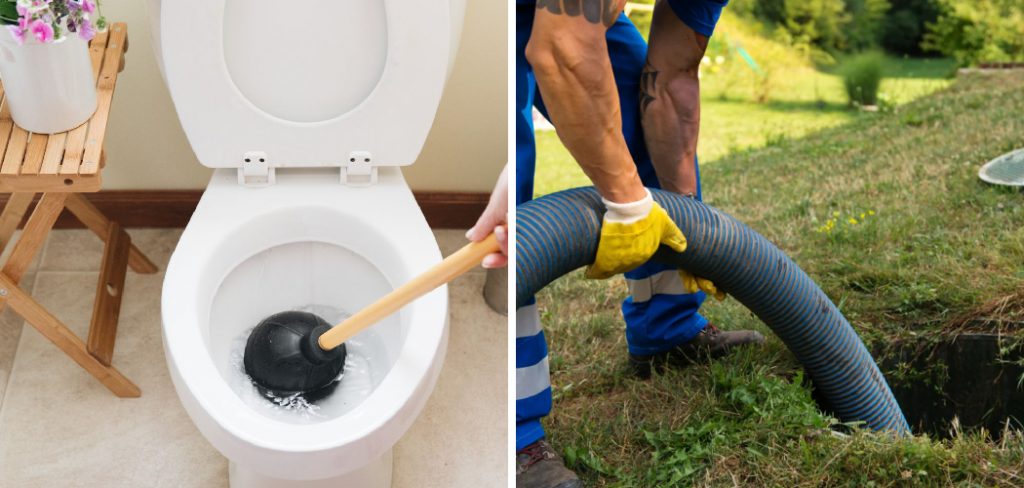
Using improper methods or harsh chemicals can disrupt the delicate balance of the system, leading to costly repairs. This guide will provide safe and effective steps of how to unclog a toilet on a septic system.
Understanding Your Septic System
A septic system is an underground wastewater treatment structure commonly used in rural areas without centralized sewer systems. It consists of a septic tank and a drain field, also known as a leach field. Wastewater from your home flows into the septic tank, where solids settle at the bottom, and grease floats to the top.
Bacteria in the tank help break down the waste, while the remaining liquid exits into the drain field for further filtration. Understanding how your septic system works is crucial when addressing clogs, as improper actions can harm the bacteria essential to the system’s operation or lead to blockages in the drain field. Maintaining this balance ensures efficiency and increases the lifespan of your septic system.
Common Causes of Toilet Clogs in Septic Systems
Toilet clogs in septic systems are often caused by improper use or external factors that disrupt the system’s natural functioning. One common cause is flushing non-biodegradable items, such as wipes, paper towels, dental floss, or feminine hygiene products, which can accumulate and block pipes. Excessive use of toilet paper can also contribute to clogs, as large amounts may not break down quickly enough within the system.
Another factor is the presence of tree roots that invade and damage pipes, leading to obstructions. Additionally, failing to pump the septic tank regularly can result in an overfilled tank, preventing waste from flowing properly. Grease, oil, and other substances flushed through the system may harden and further exacerbate blockages over time. Proper maintenance and mindful practices are essential for preventing clogs and ensuring the system’s efficiency.
10 Methods How to Unclog a Toilet on a Septic System
1. Use a Flange Plunger Properly
The most reliable and safest way to unclog a toilet on a septic system is with a flange plunger. This type of plunger features a cup with an extended lip designed to fit tightly into the toilet bowl’s drain opening, creating a strong seal. To use it effectively, insert the flange firmly into the toilet drain and push down slowly at first, then increase the force. Repeat several plunges in quick succession. The vacuum and pressure created should dislodge most clogs made of waste or toilet paper without affecting your septic tank’s balance.
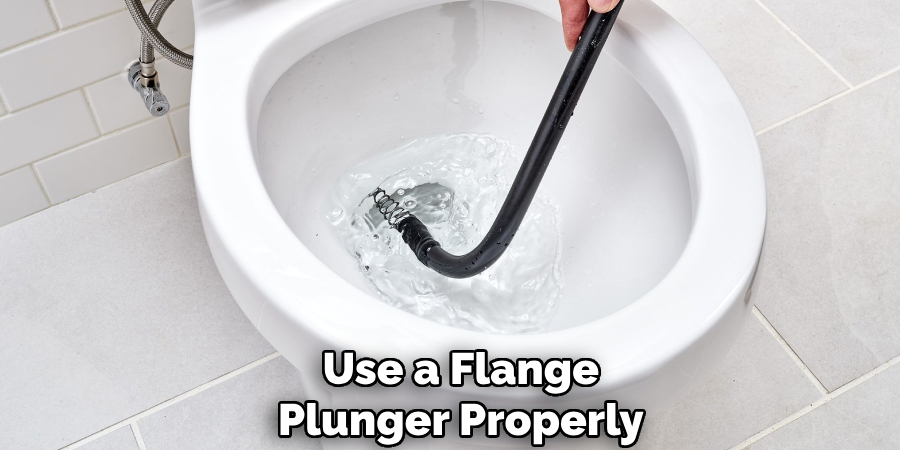
2. Try the Hot Water and Dish Soap Method
An environmentally safe and septic-friendly remedy involves pouring hot water mixed with dish soap into the toilet. Start by adding a generous squirt of biodegradable dish soap into the bowl. Then heat about a gallon of water to just below boiling—too hot and it could crack porcelain. Pour the hot water steadily from waist height into the bowl. Let the mixture sit for about 20–30 minutes. The heat and lubrication from the soap can break down greasy or organic matter and help flush the clog through the system naturally.
3. Use a Toilet Auger (Closet Auger)
If a plunger and hot water fail, try a toilet auger. This tool is specially designed with a flexible, coiled wire that reaches into the toilet’s drain without damaging it. Insert the auger’s end into the bowl and crank the handle to advance the cable through the pipe. Once you meet resistance, rotate the handle to break up or hook the clog, then gently pull it back out. This method is ideal for tougher blockages like small objects or wads of non-flushable material. It’s mechanical and doesn’t introduce harmful substances into the septic system.
4. Pour Enzyme-Based Drain Cleaners
When you need a chemical-free but effective option, enzyme-based drain cleaners are your best bet. These products contain bacteria or enzymes that digest organic waste, making them perfect for septic systems. Pour the recommended amount into the bowl and allow it to sit overnight. These cleaners work more slowly than chemical ones but are safer and actually help the septic tank by boosting microbial activity. They’re excellent for minor clogs and regular maintenance.
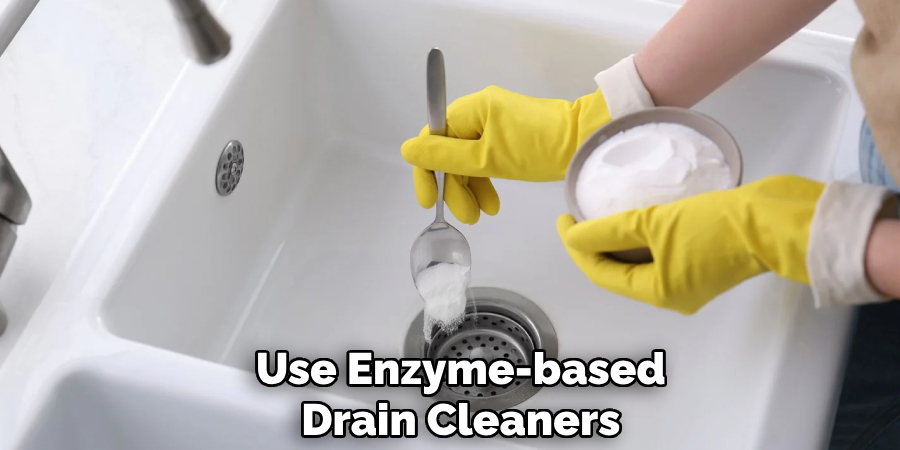
5. Use a Wet/Dry Vacuum (Cautiously)
A shop vac (wet/dry vacuum) can be used to attempt to remove the clog by suction. First, empty the toilet bowl of water as much as possible. Place the vacuum hose into the drain and create a tight seal with a towel or rubber adapter. Turn on the vacuum to suck out the blockage. This method should be used carefully to avoid any splashing or contamination. Ensure the vacuum is properly sanitized afterward, especially if it’s used for multiple purposes.
6. Disassemble the Toilet (as a Last Resort)
If none of the basic methods work and you’re confident the clog is lodged deep in the toilet’s trap, you may need to unbolt the toilet and lift it from the floor to access the drain directly. Shut off the water supply, drain the toilet tank and bowl, and unscrew the bolts anchoring it. Lift the toilet and inspect the bottom. Often, objects like children’s toys or hygiene products cause clogs and get stuck in the trap. Remove them manually, then reinstall the toilet and check for proper sealing and function.
7. Inspect the Septic Tank Level
Sometimes, the issue may not be with the toilet itself but with a full or malfunctioning septic tank. If multiple fixtures are draining slowly or backing up, this is a warning sign. Open the septic tank lid and check the waste level (or hire a professional to inspect it). If the tank is full, it won’t allow waste from the toilet to drain properly. Pumping the tank may be the only solution in this case, and it should always be done by a licensed septic service provider.
8. Check the Vent Stack for Blockages
All plumbing systems include a vent stack—usually a pipe running up through the roof—to allow air into the system and help drains flow. If the vent is clogged by leaves, debris, or even a bird’s nest, it can create vacuum pressure and prevent the toilet from flushing properly. This may present as a clog even when the drain is clear. You can use a garden hose or plumber’s snake to clear the vent, or have a professional perform the work if the roof is difficult to access.
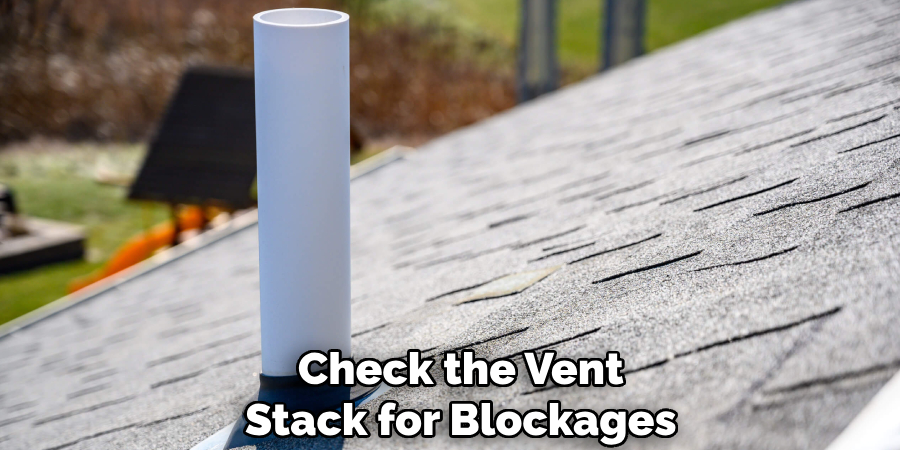
9. Limit Toilet Paper Usage and Educate Household Members
Prevention is one of the best methods when it comes to clogs in a septic system. Only septic-safe toilet paper should be used, and even then, it should be in modest amounts per flush. Educate your household members to avoid flushing anything besides human waste and toilet paper. Feminine products, wipes (even if labeled “flushable”), and paper towels do not break down properly and contribute to clogs. By preventing buildup, you reduce the need for intervention altogether.
10. Call a Septic-Safe Plumber for Stubborn Clogs
If you’ve exhausted DIY options and the toilet remains clogged, call a plumber experienced with septic systems. Some clogs may be caused by tree root intrusion, collapsed pipes, or a misaligned sewer line—issues you can’t solve without proper tools and expertise. A septic-safe plumber can use cameras, augers, and jetting equipment tailored to protect your system. Trying to force the issue on your own can risk damage to the septic tank or drain field, which can lead to far more costly repairs.
Things to Consider When Choosing a Plumber
When selecting a plumber for your septic system, it’s essential to prioritize experience and specialization. Look for professionals who have a proven track record working with septic systems, as these require specific knowledge beyond standard plumbing.
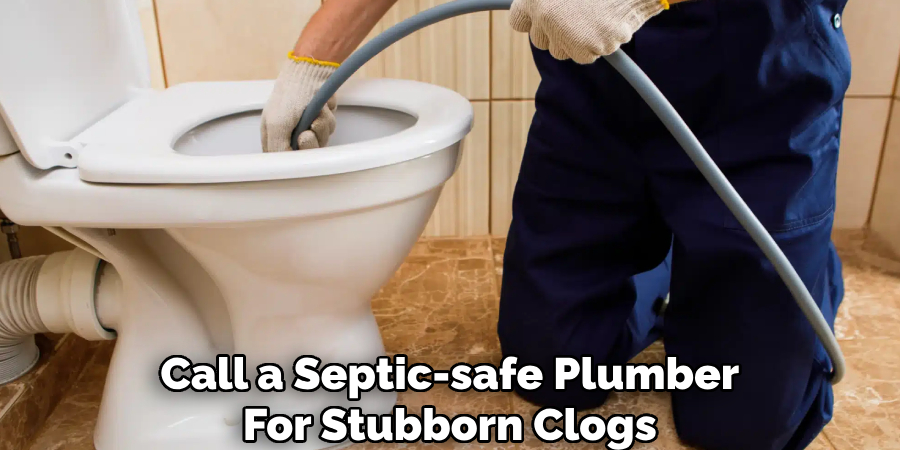
Verify that the plumber is licensed, insured, and certified in your area to ensure compliance with local regulations and avoid potential liabilities. Additionally, seek recommendations or read reviews to gauge reliability and customer satisfaction. Transparent pricing and detailed explanations of their proposed solutions are also key indicators of a trustworthy contractor. Taking these factors into account can help ensure that your septic system receives the proper care it needs.
Conclusion
Clearing a clogged toilet on a septic system takes more caution than with standard plumbing, but with the right approach, most clogs can be resolved safely and effectively. The goal is to remove the obstruction without introducing harmful chemicals or aggressive force that might damage pipes or disrupt your septic tank’s biology.
Whether using a plunger, auger, or simple household ingredients like hot water and dish soap, there’s a method suited to every type of blockage. Thanks for reading, and we hope this has given you some inspiration on how to unclog a toilet on a septic system!
About the Author
Adrian Green is a passionate woodworking enthusiast who has dedicated his life to the craft of woodworking. From his early days working alongside his father in the family woodworking shop, Adrian has honed his skills and developed a deep love for creating beautiful, functional pieces with his hands. As the voice behind The Woodenify Blog, he shares his knowledge, tips, and inspiration with fellow woodworkers of all skill levels, helping them build confidence in their abilities while learning new techniques.
Professional Focus
- Specializes in DIY woodworking projects, from furniture making to home décor.
- Provides step-by-step guides, tips, and practical tutorials for woodworkers at any skill level.
- Focused on empowering readers with confidence and knowledge through easy-to-follow instructions and hands-on techniques.
- Passionate about building a community where makers can share, learn, and grow together in the world of woodworking.
Education History
University of Craft and Design – Bachelor of Fine Arts (BFA) in Woodworking and Furniture Design
Woodworking Apprenticeships – Gained extensive hands-on experience through various workshops and mentorships with seasoned craftsmen, refining carpentry and furniture-making skills.
Expertise
- DIY woodworking, carpentry, furniture making, and home décor projects.
- Creating clear, accessible tutorials and guides for beginner to advanced woodworkers.
- Helping readers experience the satisfaction and fulfillment of turning raw materials into stunning finished products.
